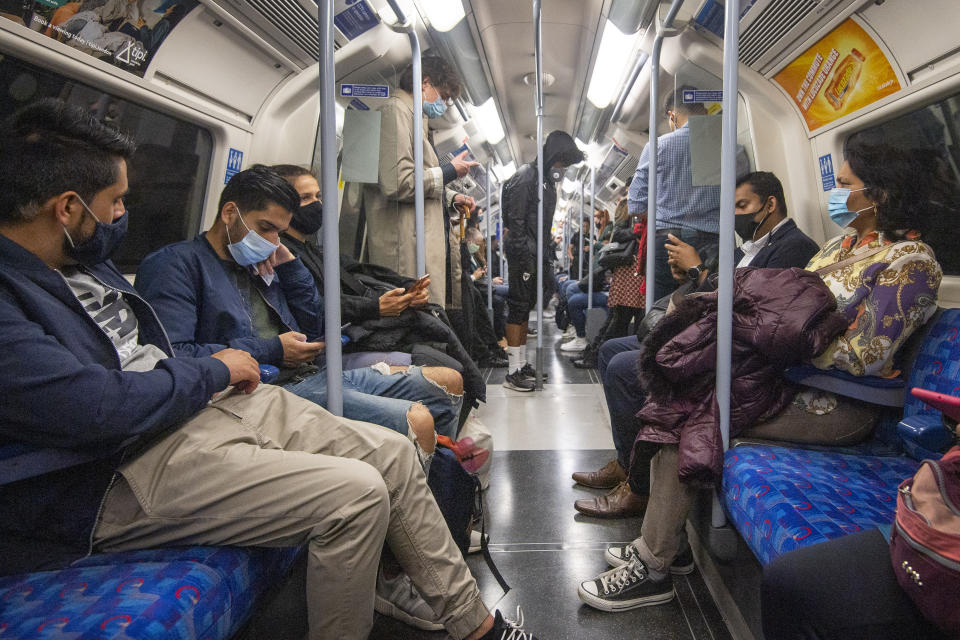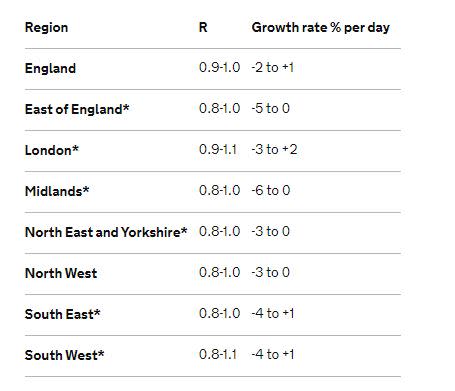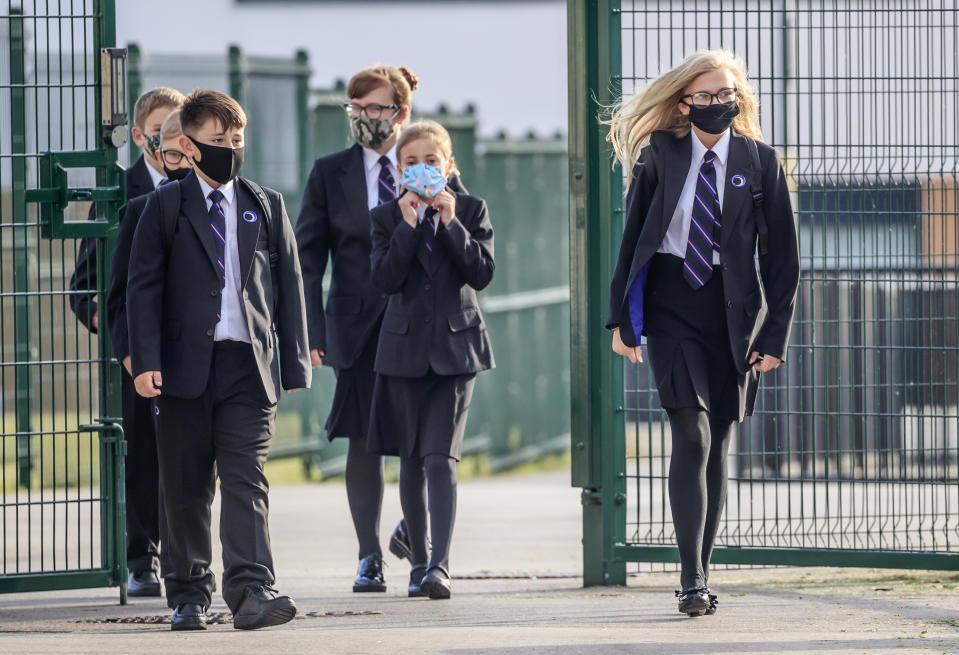Coronavirus R rate for UK remains as high as 1.1

The coronavirus reproduction rate in the UK - the R rate - could be as high as 1.1.
Experts on the government's Scientific Advisory Group for Emergencies (SAGE) announced on Friday the estimate for R across the UK is between 0.9-1.1.
The estimate came a day after Scottish first minister Nicola Sturgeon said Scotland’s R rate could be as high as 1.4.
The growth rate for the virus is -1% to +2% which means the number of new infections is somewhere between shrinking by 1% and growing by 2% every day. This is a slight increase on the growth rate published last Friday of -2%-1%.
In a report on the official Gov.uk website, it said: “SAGE does not have confidence that R is currently below 1 in England.”


On Thursday, figures released by the NHS through the Test and Trace programme revealed that the weekly number of coronavirus cases in England in late August was the highest since the end of May.
A total of 6,732 new cases were confirmed between 20 August and 26 August – an increase of 6% on the previous week, NHS Test and Trace data showed.
The R rate of coronavirus represents the number of people each COVID-19 positive person goes on to infect.
R does not reveal how quickly an epidemic is changing. Different diseases with the same R can generate epidemics that grow at very different speeds.
For instance, two diseases – both with an R rate of two – could have very different lengths of time for one infected individual to infect two other people; one disease might take years, while the other might take days.
The growth rate provides information on the size and speed of change, whereas the R value only gives information on the direction of change.
In its infection survey pilot, the latest data from the ONS – released on Friday – showed that that there appeared to be a “small increase” in the percentage of people who tested positive for COVID-19 in July after a dip in June but that has continued to level off.
The news of an increase in growth rate came as schools in England fully reopened, but with social distancing measures in place to help stem the spread of COVID-19.
In total across the UK, there have been 340,411 recorded cases and 41,527 deaths within 28 days of a positive test.
Coronavirus: what happened today
Click here to sign up to the latest news, advice and information with our daily Catch-up newsletter

 Yahoo Sport
Yahoo Sport 






































